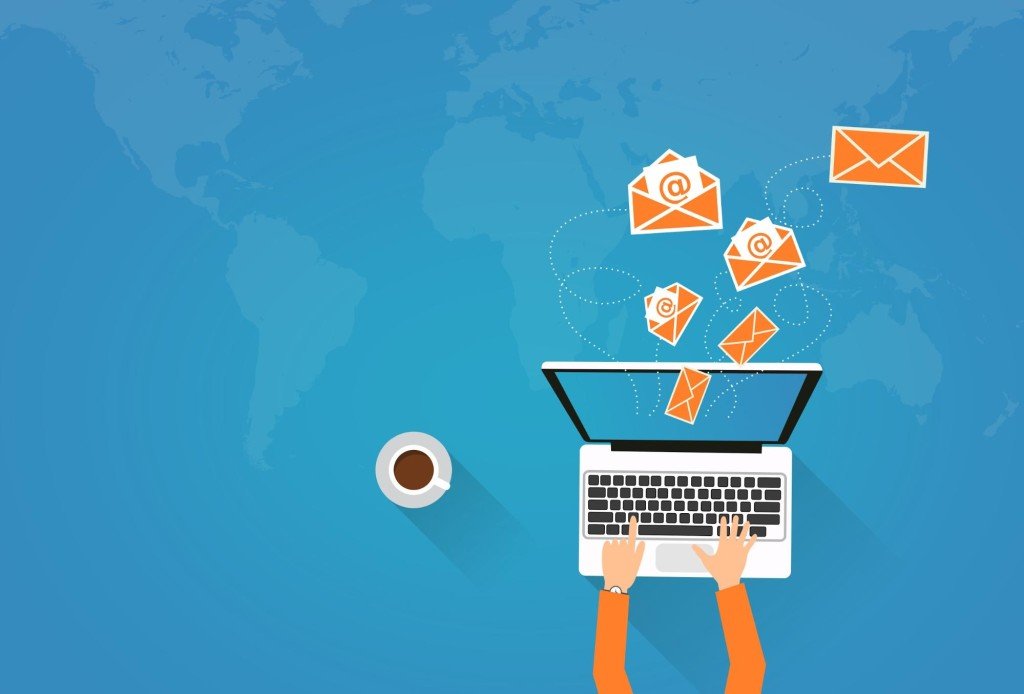Email marketing wasn’t always smart or fancy. It began as a simple tool. In the early days, businesses would just send one message to everyone on their list. No filters. No personal touch. A long message about promotions or news, hoping someone might read it. It was better than a blank, but sometimes it just did not work. People would get tired of seeing the same message in their inbox over and over, especially when it did not directly speak to them.
At that time, it was more about sending as many emails as possible, not about quality. If you had a big email list, you were winning. But this method slowly became a problem. People started ignoring those emails or marking them as spam. Open rates dropped. Clicks became rare. Something had to change. As users became more selective with what they opened, platforms like Azurslot login began showing the importance of delivering value in every digital message, not just making noise.
The Shift to Smarter Emailing
Advertisers soon figured out that blasting one generic message to the world was akin to talking to an audience without making eye contact. With upgrading email tools, marketers began to use segmentation, meaning either breaking up their audience base into smaller groups based on interests, location, or behavior. Consider how suddenly a sportswear company could send workout tips to fitness buffs and sneaker discounts to shoe buffs. That one change made all the difference.
People began to feel like the emails were meant for them. Not just random messages. This change made emails more useful and less annoying. Around this time, automation also came in. You could now set up emails to go out when someone signs up, makes a purchase, or even abandons a cart. Email became personal, and that made it powerful.
The Power of Personalization
Personalization is more than adding a name. It’s about sending the right message at the right time. If someone always clicks on travel deals, you show them more of that. If they’ve never clicked on anything, maybe it’s time to ask what they want. People like feeling seen, even in their inbox. That’s why smart email marketers study their audience’s actions and adjust the message to match.
We now have data tools that can track which subject lines get opened, what content people like, and how often they read your emails. The goal is no longer to just talk. It’s to start a real conversation. Even simple details like sending emails during lunch breaks or weekends can boost results. These small things help emails feel less like ads and more like helpful suggestions.
Trends That Are Changing the Game
Now we’re seeing interactive emails. You can book a service, take a quiz, or view a product without leaving your inbox. That’s a big deal. It saves time and keeps users engaged. Video in email is also picking up speed. People are more likely to watch a short clip than read a paragraph. Even better if it loads fast and looks good on mobile.
Another big trend is AI in email marketing. It helps write better subject lines, find the best time to send, and even decide which email design works best. These tools don’t replace marketers. They just make them smarter. Voice assistants reading your emails and deeper user profiling might also become more common soon.
Why Email Still Matters Today
E-mail somehow remains the most trustworthy mode of communication in this increasingly social-media-powered world full of chat apps. It feels personal and gives absolute control to the sender. A post on social media, for example, may have a thousand views but no one will remember it by the end of the day. On the other hand, e-mails wait in their inbox until their designated recipient chooses to open or delete them. Such volume longevity really determines a brand’s recall and long-term trust.
It’s cost-effective too. You don’t need a huge budget to see results with email. What you do need is a message that feels right and timing that makes sense. If you respect your reader’s time and inbox space, they will most likely pay attention.
The Future Is All About Respect and Relevance
The future of email marketing will be a quieter one, with more power, respect, and relevance. People want helpful messages, not just ones that are cute. Intelligent brands that listen to the audience, get their feedback, and improve will always triumph in this war of inboxes.
